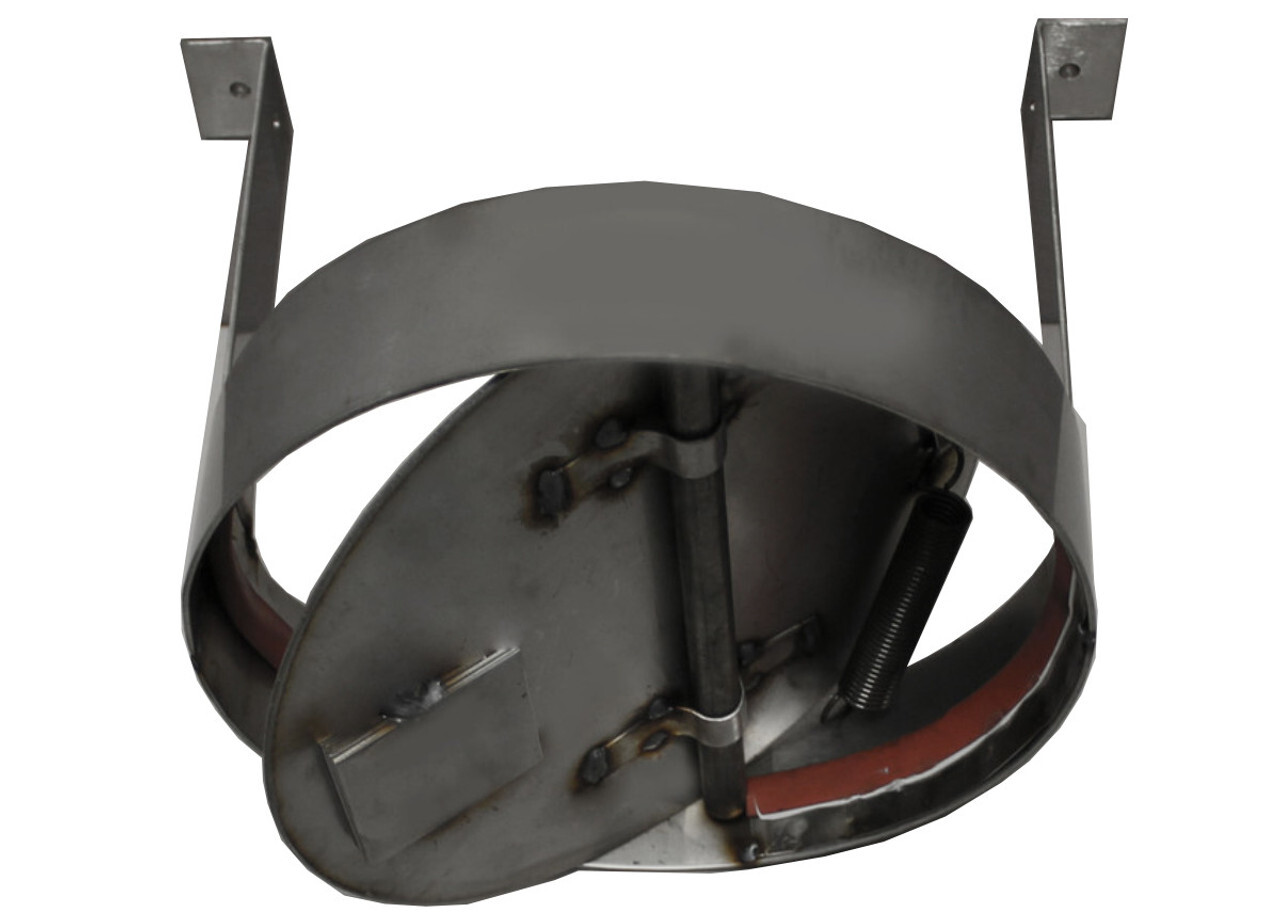

Articles
What Is The Damper In A Fireplace
Modified: August 22, 2024
Discover what a damper in a fireplace is and how it functions in this informative article. Explore the benefits and importance of utilizing a damper for optimal fire control and energy efficiency.
(Many of the links in this article redirect to a specific reviewed product. Your purchase of these products through affiliate links helps to generate commission for Storables.com, at no extra cost. Learn more)
Introduction
Welcome to a comprehensive guide on dampers in fireplaces. A fireplace can add warmth, ambiance, and beauty to any home, but to ensure its optimal performance, it is crucial to understand how the various components of a fireplace system work together. One fundamental element of a fireplace is the damper, which plays a vital role in controlling the airflow and heat output.
In this article, we will explore the purpose of a damper, the different types available, and the benefits of using one. We will delve into how a damper works, discuss proper operation and maintenance, and troubleshoot common issues that may arise. By the end of this article, you will have a comprehensive understanding of dampers and how they contribute to a well-functioning fireplace.
Whether you are a homeowner with an existing fireplace or considering installing one, understanding dampers is essential. Let’s dive in and discover all there is to know about dampers and their importance in the world of fireplaces.
Key Takeaways:
- Proper use of a fireplace damper allows for controlled airflow, improved energy efficiency, and enhanced safety. Understanding the purpose, types, and maintenance of dampers is essential for maximizing the benefits of a fireplace system.
- While traditional dampers offer simplicity, top-mount dampers provide superior sealing and added chimney protection. Regular inspection, cleaning, and troubleshooting of damper issues are crucial for maintaining a well-functioning fireplace.
Read more: How To Close Fireplace Damper
Purpose of a Damper
The primary purpose of a damper in a fireplace is to control the flow of air and heat. It acts as a barrier between the interior of the fireplace and the flue, which is the passage that allows smoke and gases to escape. By opening or closing the damper, you can regulate the amount of air and heat that enters and exits the fireplace, thus controlling the intensity of the fire and the heat output.
When the damper is open, it allows for proper ventilation, ensuring that smoke and gases are efficiently expelled up through the chimney. This prevents smoke from filling the room and allows fresh air to enter the firebox, aiding combustion and providing the necessary oxygen for a healthy fire.
On the other hand, when the damper is closed, it creates a seal that prevents air from entering or escaping the fireplace. This helps to minimize heat loss when the fireplace is not in use, providing energy efficiency and reducing drafts from entering the room. Additionally, a closed damper can prevent outside elements such as rain, snow, or debris from entering the chimney and causing damage.
Overall, the purpose of a damper is to give you control over your fireplace’s performance. By adjusting the damper’s position, you can regulate the airflow, heat output, and energy efficiency of your fireplace.
Types of Dampers
There are two main types of dampers commonly used in fireplaces: traditional dampers and top-mount dampers. Each type serves the same purpose of controlling airflow and heat, but they differ in their design and functionality.
Traditional Dampers
Traditional dampers are the most common type of dampers used in fireplaces. They are typically made of cast iron or steel and are located in the throat of the fireplace, just above the firebox. These dampers are operated manually using a handle or chain, allowing you to open or close the damper by moving it horizontally.
Traditional dampers are simple in design and relatively easy to operate. However, they have some drawbacks. One of the main issues with traditional dampers is that they are not airtight when closed. Even when fully closed, some air leakage may occur, which can lead to energy loss and drafts in the room. Additionally, over time, traditional dampers can warp or rust, which may affect their effectiveness.
Top-mount Dampers
Top-mount dampers, also known as chimney caps with built-in dampers, are a more modern alternative to traditional dampers. As the name suggests, these dampers are installed at the very top of the chimney, covering the entire chimney opening. They are typically made of stainless steel or other durable materials and are operated using a cable system.
One of the main advantages of top-mount dampers is that they provide a better seal when closed. Unlike traditional dampers, top-mount dampers create an airtight seal, preventing air leakage and reducing energy loss. This also helps to keep out drafts, moisture, and unwanted pests.
In addition to their superior sealing capabilities, top-mount dampers offer other benefits. They act as chimney caps, protecting the chimney from rain, snow, and debris, which can prolong the lifespan of the chimney and reduce the need for repairs. Furthermore, top-mount dampers can improve overall energy efficiency, as they provide a better seal and prevent cold air from entering the fireplace when not in use.
While top-mount dampers are a more expensive option compared to traditional dampers, their superior performance and added benefits make them a popular choice for homeowners looking to upgrade their fireplace system.
Read more: What Is A Damper In A Chimney
Traditional Dampers
Traditional dampers are the most widely used type of damper in fireplaces. They are typically made of cast iron or steel and are located in the throat of the fireplace, just above the firebox. These dampers are manually operated using a handle or chain mechanism, allowing users to open or close the damper by moving it horizontally.
One of the advantages of traditional dampers is their simplicity. They have a straightforward design and are relatively easy to operate. By simply pulling the handle or chain, you can open the damper to allow airflow and heat to enter the chimney, and close it to cut off the flow of air and heat when the fireplace is not in use.
However, there are some drawbacks to traditional dampers. One of the main issues is that they are not completely airtight when closed. Even when fully closed, some air leakage may occur around the edges, which can lead to energy loss and drafts in the room. This can be particularly problematic in older dampers or those that have become warped, as they may not provide a tight seal.
Another issue with traditional dampers is that they can be prone to rusting or warping over time. Exposure to the heat and moisture from the fire can cause the metal components to deteriorate, which can affect their effectiveness. It is important to regularly inspect and maintain traditional dampers to ensure they are functioning properly.
Despite their limitations, traditional dampers continue to be a popular choice for many households. They are widely available, cost-effective, and generally reliable when properly maintained. However, if you are experiencing significant air leakage or are looking for a more airtight seal, you may want to consider upgrading to a top-mount damper.
Overall, traditional dampers offer a basic yet functional solution for controlling the airflow and heat in a fireplace. They provide a level of control and can help enhance the efficiency of a fire. However, if you are looking for a more advanced and airtight option, you may want to explore the benefits of top-mount dampers.
Top-mount Dampers
Top-mount dampers, also known as chimney caps with built-in dampers, are a more modern alternative to traditional dampers. Instead of being located in the throat of the fireplace like traditional dampers, top-mount dampers are installed at the very top of the chimney, covering the entire chimney opening. They are typically made of durable materials like stainless steel and are operated using a cable system.
One of the main advantages of top-mount dampers is their superior sealing capabilities. When closed, top-mount dampers create an airtight seal, providing a much tighter closure compared to traditional dampers. This prevents air leakage and reduces energy loss, resulting in a more efficient and cost-effective fireplace system.
In addition to their excellent sealing properties, top-mount dampers serve as effective chimney caps. They protect the chimney from rain, snow, and debris, preventing damage and prolonging the lifespan of the chimney. This eliminates the need for separate chimney caps and provides added convenience.
Top-mount dampers are designed with a cable system that makes operation effortless. The cables are typically routed down the chimney and connected to a handle that can be easily accessed inside the fireplace. By simply pulling the handle, you can open and close the damper, controlling the airflow and heat output with ease.
Another benefit of top-mount dampers is their ability to prevent drafts. When the fireplace is not in use, a closed top-mount damper acts as a barrier, preventing cold air from entering the room through the chimney. This can significantly reduce drafts and improve the overall comfort of your home.
While top-mount dampers provide numerous benefits, they are generally more expensive than traditional dampers due to their advanced design and functionality. However, the long-term cost savings and improved performance often outweigh the initial investment. If you are looking for a more efficient and convenient option for your fireplace, a top-mount damper is worth considering.
In summary, top-mount dampers offer superior sealing capabilities, act as chimney caps, and provide enhanced energy efficiency. With their easy operation and ability to eliminate drafts, they offer a modern and effective solution for controlling airflow and heat in a fireplace.
Benefits of Using a Damper
Using a damper in your fireplace offers several benefits that contribute to the overall performance, efficiency, and safety of your fireplace system. Let’s explore some of the key advantages of using a damper:
Controlled Airflow and Heat:
The primary benefit of using a damper is the ability to control the airflow and heat in your fireplace. By adjusting the position of the damper, you can regulate the intensity of the fire and the heat output. This allows you to create a comfortable and enjoyable atmosphere while minimizing energy waste.
Read more: What Do Dampers Do In HVAC
Energy Efficiency:
When the fireplace is not in use, keeping the damper closed prevents warm air from escaping up the chimney, reducing heat loss and improving overall energy efficiency in your home. This can help lower your heating expenses and conserve energy.
Smoke and Odor Control:
A damper plays a crucial role in directing smoke and gases up the chimney, preventing them from entering your living space. By properly using the damper, you can significantly reduce the risk of smoke and odors filling your home, ensuring a cleaner and healthier environment.
Rain, Snow, and Debris Protection:
When closed, a damper acts as a barrier, preventing rain, snow, and debris from entering your chimney. This protects the chimney from damage, prolongs its lifespan, and minimizes the need for costly repairs or maintenance.
Prevention of Drafts:
A closed damper helps to block outside drafts from entering your home through the chimney, improving insulation and maintaining a consistent indoor temperature. This creates a more comfortable living environment and reduces the need for extra heating or cooling.
Read more: How To Adjust Dampers On HVAC
Enhanced Safety:
Using a damper properly helps ensure the safe operation of your fireplace. It helps control the fire by limiting the oxygen supply. This can prevent the fire from spreading too rapidly or becoming uncontrollable. Additionally, a properly functioning damper can prevent the build-up of dangerous carbon monoxide gas inside your home.
By using a damper in your fireplace, you gain control over your fire’s performance, enhance energy efficiency, improve air quality, protect your chimney from external elements, reduce drafts, and prioritize safety. It is an essential component for anyone who wants to enjoy the benefits and comfort of a fireplace while ensuring optimal performance.
How a Damper Works
A damper is a crucial component of a fireplace system that controls the airflow and heat by regulating the opening and closing of the chimney flue. Understanding how a damper works can help you operate it effectively and optimize the performance of your fireplace.
Most dampers, whether traditional or top-mount, operate on a simple mechanism. They consist of a metal plate or door that can be moved to open or close the flue, which is the passage that connects the fireplace to the chimney. When the damper is open, the plate or door is positioned to allow airflow and heat to travel freely up the chimney. When closed, the plate or door creates a seal, preventing airflow and heat from escaping the fireplace.
In a traditional damper, the plate or door is typically controlled by a handle or chain mechanism located inside the fireplace. By pulling the handle or chain, the plate or door can be moved horizontally to adjust the damper’s position.
On the other hand, top-mount dampers feature a cable system that allows for easy operation. The cables are routed down the chimney and connected to a handle that can be accessed from inside the fireplace. By pulling the handle, the cables pull the plate or door up or down to open or close the damper.
When the damper is open, it allows for proper ventilation, allowing smoke, gases, and heat to rise and escape through the chimney. This helps to prevent the accumulation of smoke and gases in the room and ensures that fresh air is drawn into the firebox, aiding combustion.
When the damper is closed, it blocks the passage between the fireplace and the chimney, preventing air, heat, and smoke from escaping. This is particularly useful when the fireplace is not in use, as it helps to retain the warm air in the room and reduces drafts.
It’s important to note that proper operation of the damper is essential to ensure its effectiveness and safety. Always remember to open the damper before starting a fire and close it when the fireplace is not in use. This will help control the airflow and heat output, improve energy efficiency, and ensure the safe operation of your fireplace.
Understanding how a damper works allows you to have greater control over your fireplace system and helps you make the most of its benefits. By using the damper correctly, you can regulate the airflow, heat, and energy efficiency of your fireplace, creating a comfortable and inviting atmosphere in your home.
Proper Operation and Maintenance
To ensure the optimal performance and longevity of your fireplace damper, it is essential to follow proper operation and maintenance guidelines. Here are some key practices to keep in mind:
1. Familiarize Yourself with the Damper:
Before using your fireplace, take the time to familiarize yourself with the operation and functionality of the damper. Understand how it opens and closes, and ensure that the handle or chain mechanism is working correctly. If you have a top-mount damper, locate the handle and learn how to operate it smoothly.
Read more: How To Install Chimney Damper
2. Open the Damper before Starting a Fire:
Always remember to fully open the damper before lighting a fire. This allows for proper ventilation and ensures that smoke, gases, and heat can escape through the chimney. Opening the damper also allows fresh air to enter the firebox, aiding combustion and making your fire burn more efficiently.
3. Close the Damper when the Fireplace is Not in Use:
When you are done using the fireplace, make sure to close the damper. This prevents warm air from escaping through the chimney, reducing heat loss and improving energy efficiency. Closing the damper also helps to block drafts and prevent cold air from entering your home.
4. Regularly Inspect and Clean the Damper:
Periodically inspect the damper to ensure it is in good condition. Check for any signs of rust, warping, or damage. Clean off any accumulated debris or soot that may hinder the smooth operation of the damper. Use a brush or vacuum to remove any dirt or obstructions.
5. Lubricate Moving Parts:
If your damper has movable parts, such as hinges or cables, lubricate them regularly to ensure smooth operation. Use a lubricant specifically designed for fireplace dampers and follow the manufacturer’s instructions. Lubricating the moving parts helps prevent friction, rust, and wear.
Read more: What Is The Hearth On A Fireplace
6. Hire Professional Maintenance Services:
For a more thorough inspection and maintenance of your fireplace system, consider hiring a professional chimney sweep or fireplace technician. They have the expertise and tools to clean and inspect your damper, chimney, and other components of the fireplace system. Professional maintenance helps identify and address any potential issues before they become serious problems.
By following these proper operation and maintenance practices, you can ensure that your fireplace damper functions optimally and serves you well for years to come. Taking care of your damper not only enhances the efficiency and performance of your fireplace but also contributes to the overall safety and enjoyment of using your fireplace system.
Common Issues and Troubleshooting
While dampers are relatively simple components, they can experience certain issues that may affect their functionality. Here are some common issues you may encounter with a fireplace damper and troubleshooting tips:
1. Damper Stuck or Difficult to Operate:
If your damper is difficult to open or close, it may be due to dirt, debris, or rust buildup. Start by inspecting and cleaning the damper thoroughly. Use a brush or vacuum to remove any obstructions or debris. If there is rust or corrosion, apply a rust remover or a lubricant to loosen the mechanism. If the issue persists, contact a professional to assess and repair the damper.
2. Damper not Sealing Properly:
If you notice air leakage when the damper is closed, it may indicate a problem with the seal. Check for any gaps or damage to the seal around the damper plate or door. If necessary, replace the seal to ensure a tight closure. If you have a top-mount damper, make sure the cables are properly tensioned and adjusted. If you are unable to resolve the sealing issue, it may be best to consult with a professional for further assistance.
Read more: What Is A Gas Fireplace
3. Creosote Buildup:
Creosote is a byproduct of wood-burning fires that can accumulate inside the chimney and on the damper. Over time, excessive creosote buildup may hinder the smooth operation of the damper. Regular chimney cleaning and professional maintenance will help remove creosote and prevent any related issues.
4. Damaged Damper Components:
If any parts of the damper are visibly damaged, such as hinges, chains, or cables, they may need to be repaired or replaced. Damaged components can affect the proper movement and sealing of the damper. Contact a professional to assess the damage and perform the necessary repairs or replacements.
5. Get Professional Assistance:
If you encounter persistent issues with your damper or are unsure of how to troubleshoot the problem, it is always best to seek professional assistance from a certified chimney sweep or fireplace technician. They have the expertise to diagnose and address any specific issues with your damper and fireplace system.
Remember, maintaining and addressing damper issues promptly is essential for the safe and efficient operation of your fireplace. Regular inspection, cleaning, and professional maintenance will help keep your damper in good working condition and ensure that you can enjoy your fireplace with peace of mind.
Conclusion
A fireplace damper plays a crucial role in controlling the airflow and heat in your fireplace, contributing to its overall performance, energy efficiency, and safety. Understanding the purpose, types, operation, and maintenance of a damper is essential for any homeowner with a fireplace.
Traditional dampers, located in the throat of the fireplace, are the most commonly used type. They are simple to operate but may not provide a completely airtight seal. Top-mount dampers, on the other hand, offer superior sealing capabilities and additional benefits like chimney protection.
Using a damper in your fireplace provides several benefits, including controlled airflow and heat, improved energy efficiency, and smoke and odor control. Dampers also protect against rain, snow, and debris while preventing drafts and enhancing safety.
To ensure proper operation, it is important to familiarize yourself with the damper and follow guidelines for opening and closing it. Regular inspection, cleaning, and lubrication of the damper are essential for its optimal functionality. Consider hiring professional maintenance services to ensure a thorough inspection of your entire fireplace system.
Common issues with dampers can include stiffness, sealing problems, creosote buildup, or damaged components. Troubleshooting these issues may involve cleaning, replacing seals or damaged parts, and seeking professional assistance when needed.
In conclusion, a properly functioning damper is vital for a well-performing fireplace. It allows you to control the airflow, heat, and energy efficiency while ensuring a safe and enjoyable fireplace experience. By understanding the purpose, types, operation, maintenance, and troubleshooting of a damper, you can maximize the benefits of your fireplace system and create a warm and inviting atmosphere in your home.
Frequently Asked Questions about What Is The Damper In A Fireplace
Was this page helpful?
At Storables.com, we guarantee accurate and reliable information. Our content, validated by Expert Board Contributors, is crafted following stringent Editorial Policies. We're committed to providing you with well-researched, expert-backed insights for all your informational needs.

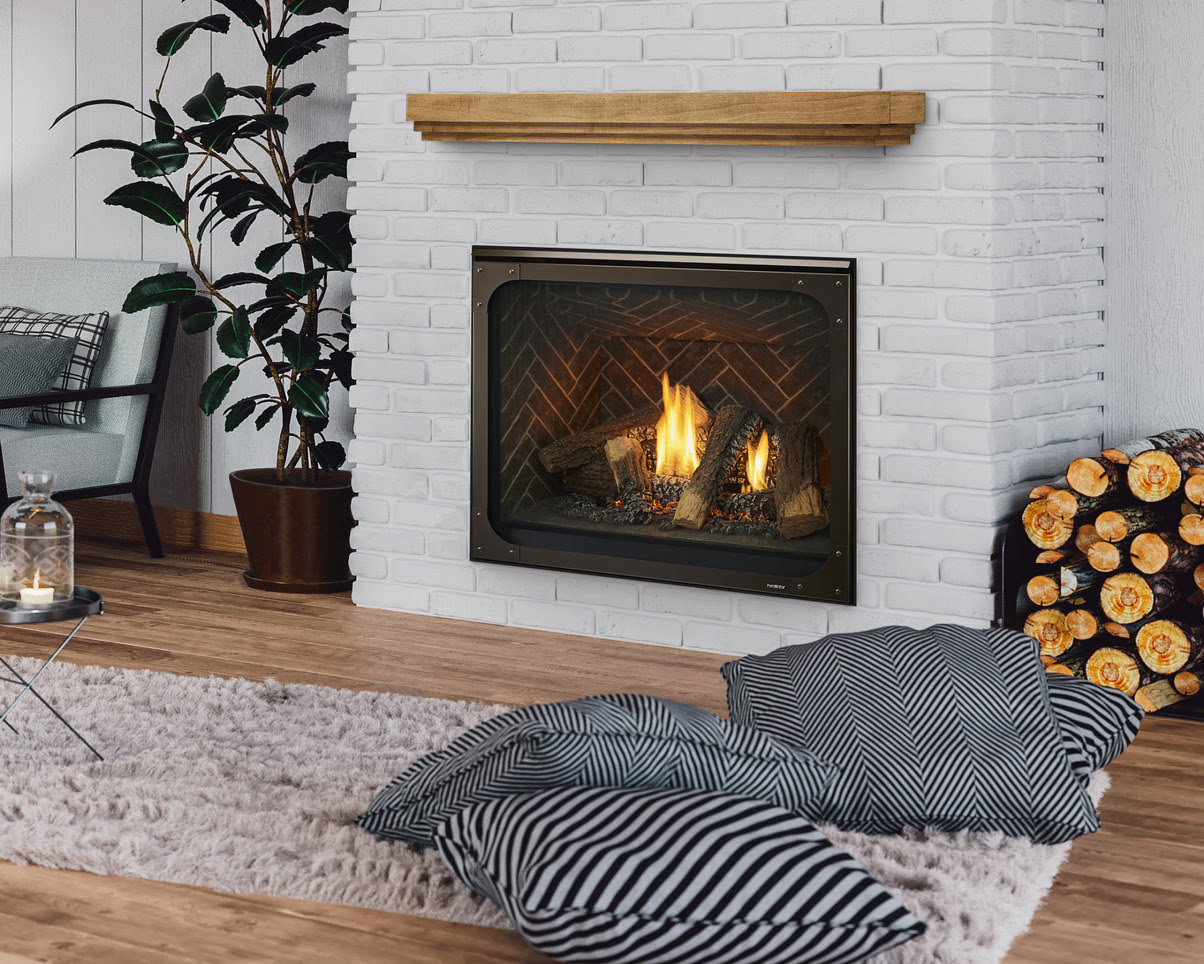


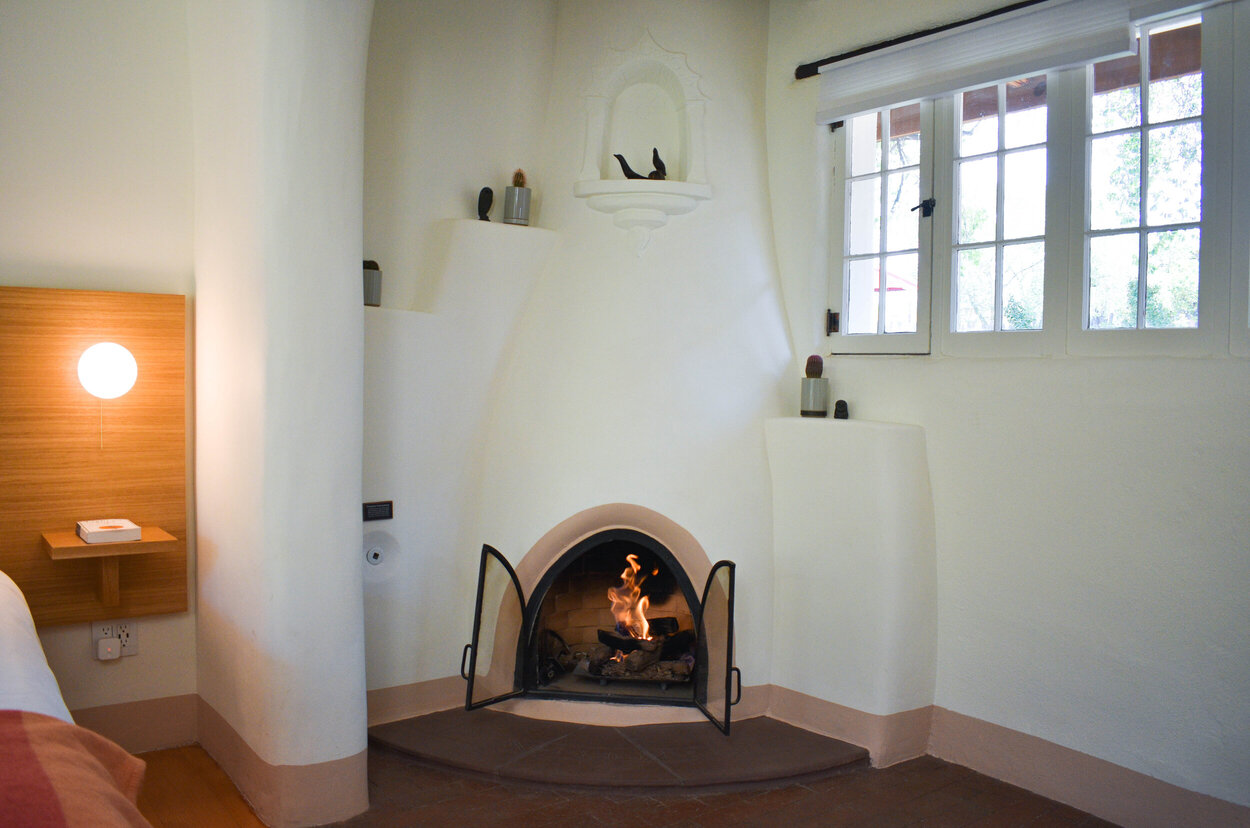
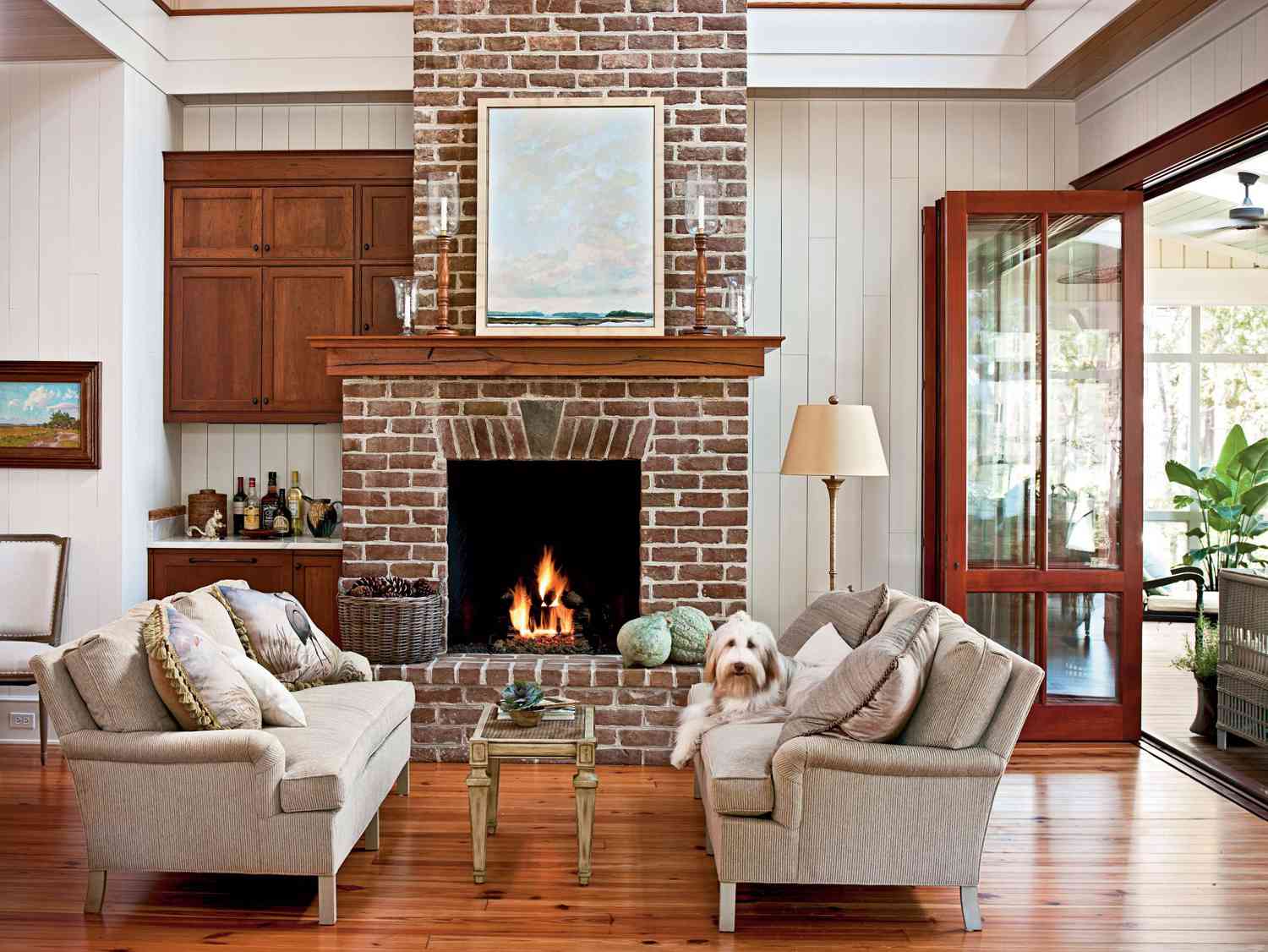
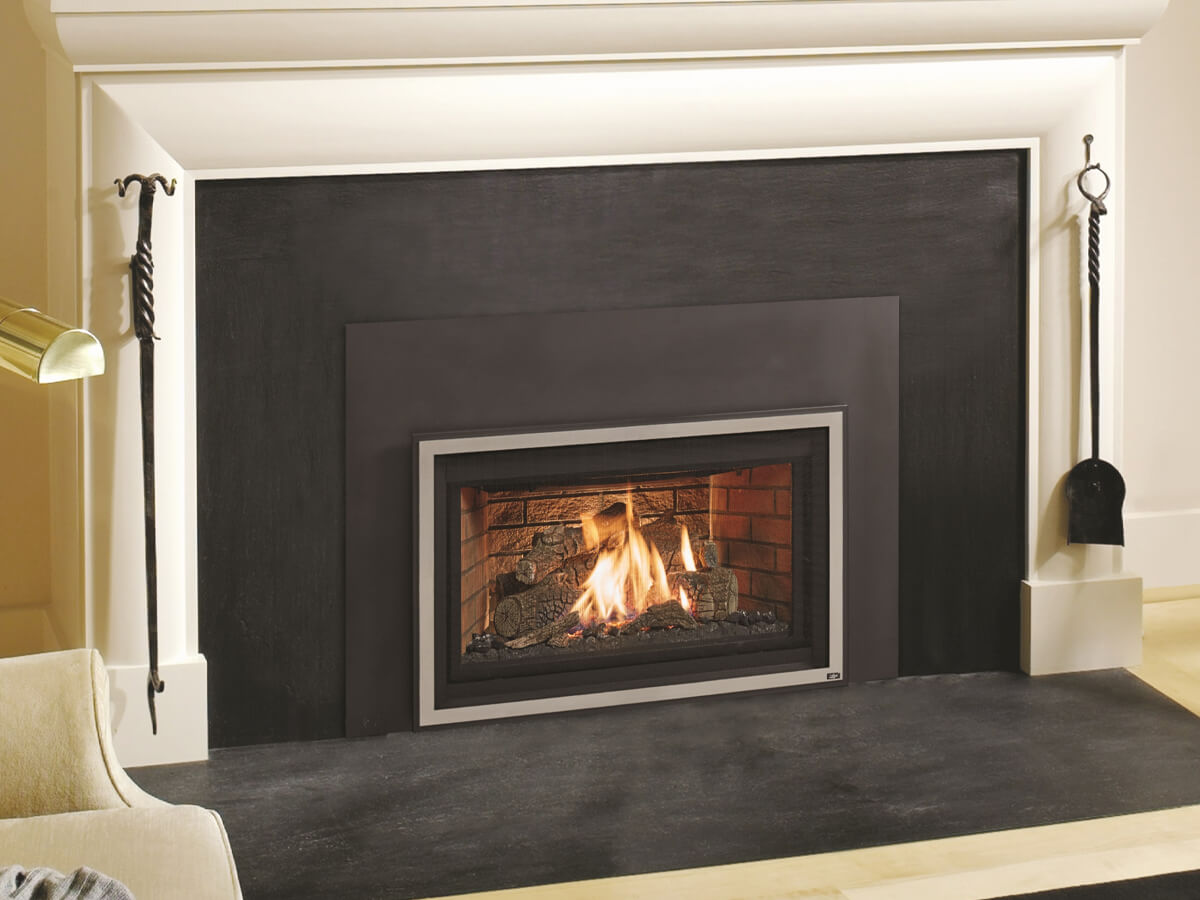
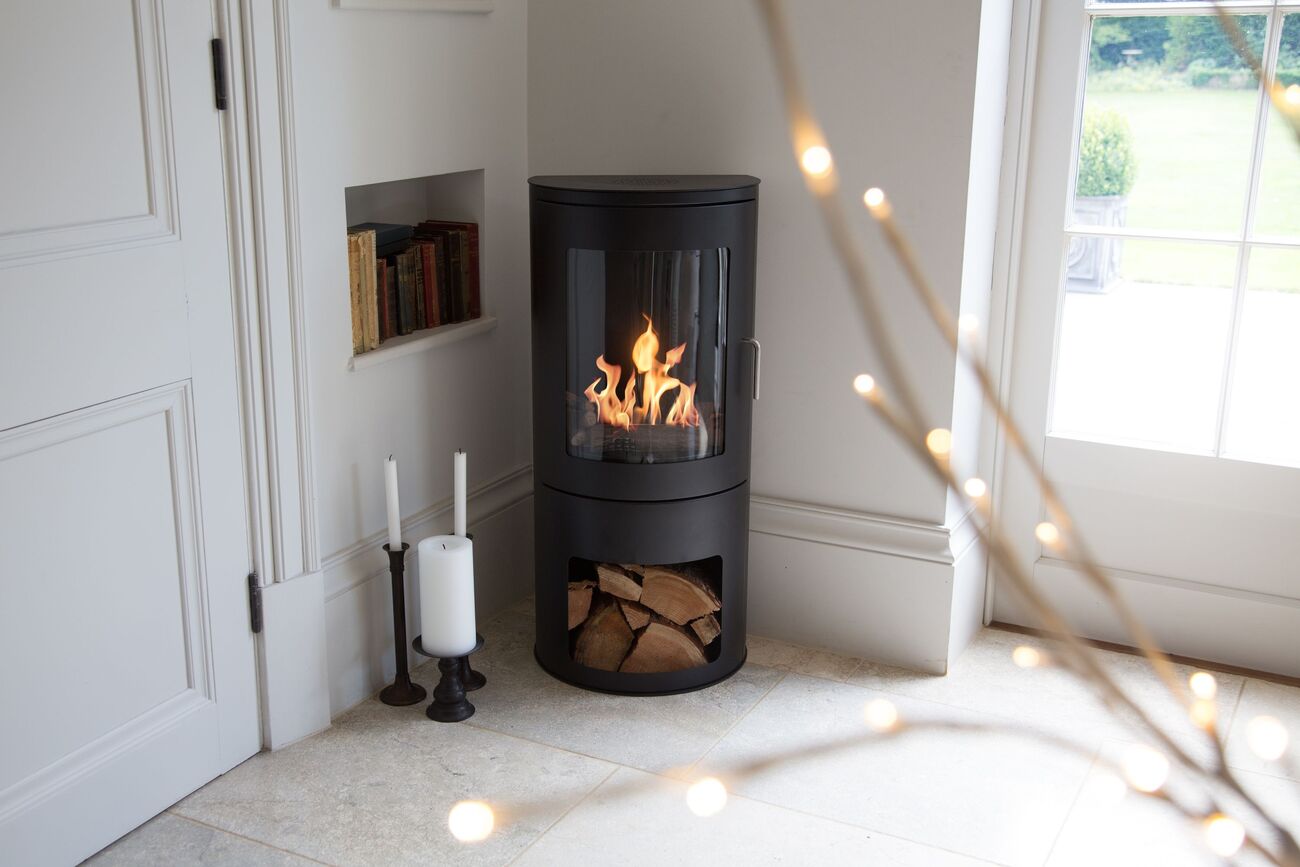
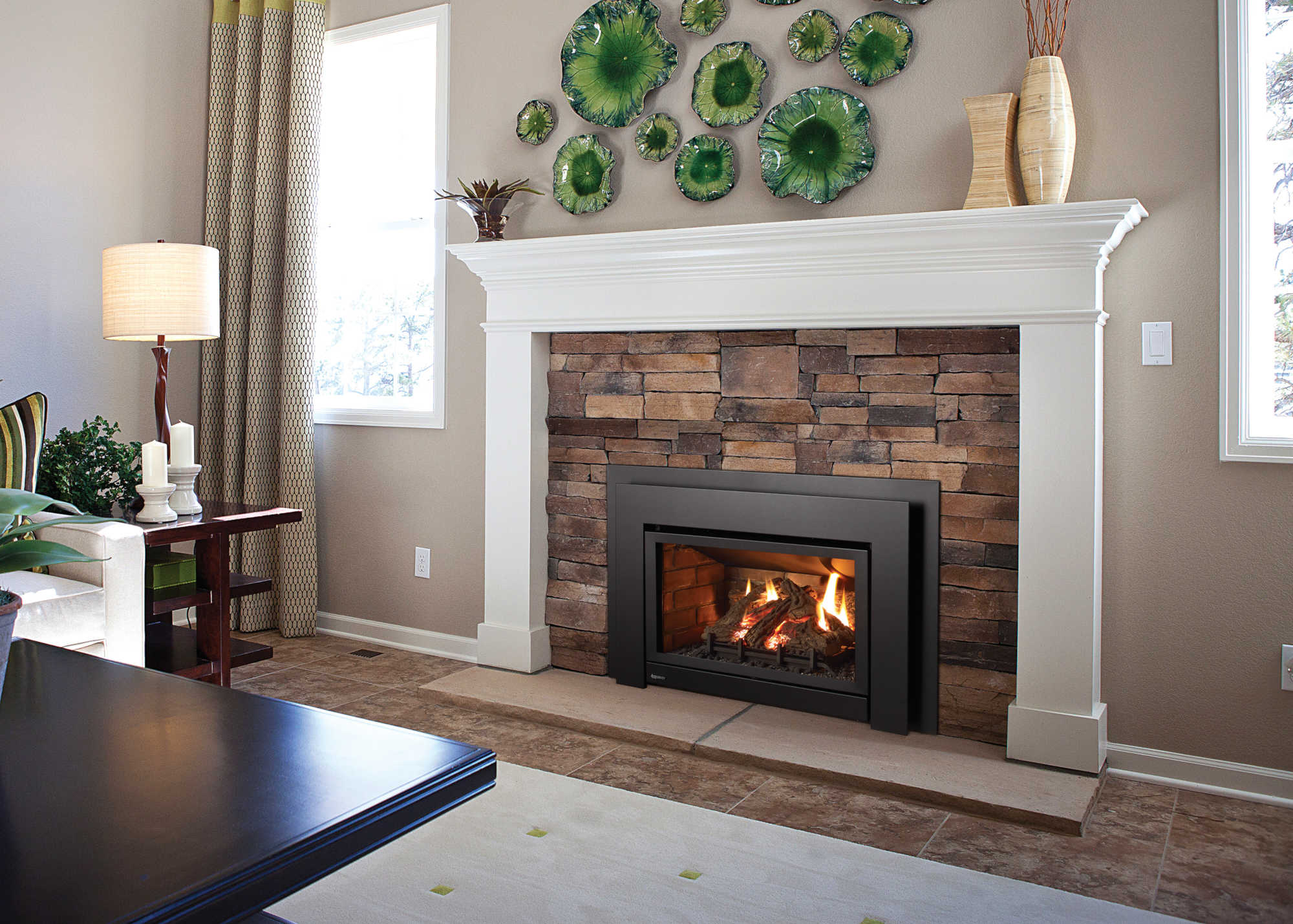

0 thoughts on “What Is The Damper In A Fireplace”